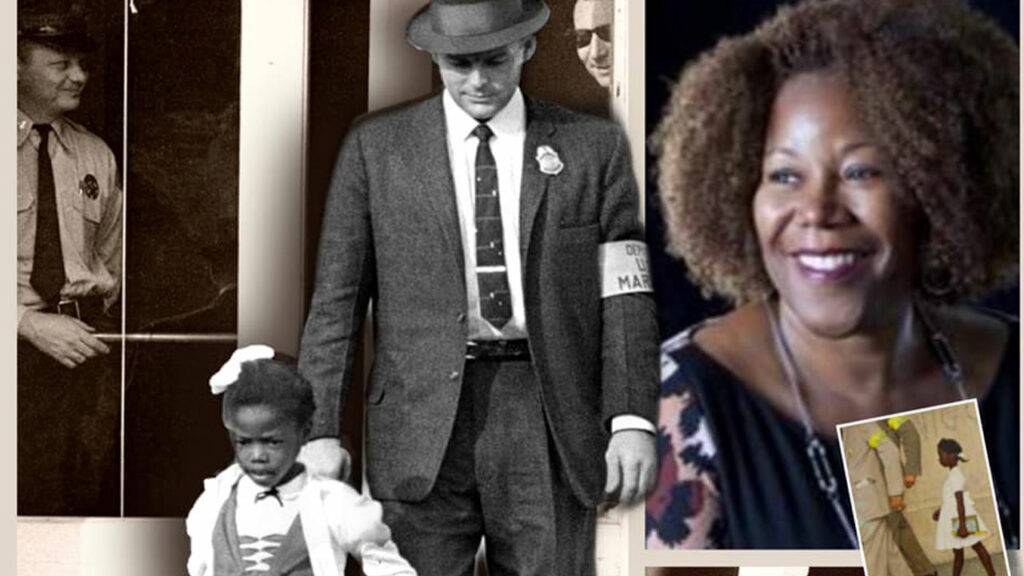In the annals of American history, the name Ruby Bridges stands out as a symbol of courage and resilience. Born on September 8, 1954, in Tylertown, Mississippi, Ruby Bridges became the first African American child to desegregate William Frantz Elementary School. At the tender age of six, her bravery became a catalyst for significant Civil Rights action in the American South.

Trailblazing the Path of Desegregation
Ruby Bridges etched her name in history by breaking down racial barriers that seemed insurmountable at the time. As she bravely stepped into William Frantz Elementary School, she became a pivotal figure in the fight against segregation. This act marked a crucial moment in the broader Civil Rights Movement, setting an example for others to follow.
What Did Ruby Bridges Do?
At the heart of Ruby Bridges’ significance lies her historic role in desegregating William Frantz Elementary School. Her actions weren’t just about personal bravery; they were a catalyst for societal change.
The National Park Service acknowledges, “She was the first African American child to desegregate William Frantz Elementary School.” This single act by a six-year-old girl had far-reaching implications, challenging the deeply entrenched norms of racial segregation.
What Challenges Did Ruby Bridges Face?
Daily Confrontation with Racism
Ruby Bridges faced extreme adversity daily as she entered the school premises. The National Park Service notes, “Ruby faced blatant racism every day while entering the school.” The hostile environment within and outside the school showcased the deeply ingrained prejudices prevailing in society during that era.
Opposition from Parents
The act of desegregation didn’t go unnoticed by parents, and many chose to keep their children at home. This opposition reflected the resistance to change and the fear of breaking away from established discriminatory practices. Ruby’s journey was not only a personal struggle but also a confrontation with societal norms that resisted progress.
Threats and Intimidation
The challenges Ruby Bridges faced were not confined to verbal abuse and opposition. The reports that she was subjected to threats and intimidation. The intimidation reached an alarming level when a woman, in a disturbing display of hostility, greeted Ruby by presenting a black doll in a wooden coffin.
This horrifying incident highlighted the deep-seated racism that permeated her daily life.
Legacy of Courage
Ruby Bridges’ story is not just a historical account; it’s a testament to the power of one individual to ignite change. Her journey paved the way for future generations, breaking down racial barriers in education and inspiring others to stand against injustice. The challenges she faced, though daunting, only strengthened her resolve to contribute to a more inclusive society.
Conclusion
In the face of adversity, Ruby Bridges emerged as a beacon of hope and change. Her courage at such a young age not only desegregated a school but also set in motion a series of events that would contribute to a more just and equal society.
The challenges she faced were immense, yet her determination prevailed, leaving an indelible mark on the history of the Civil Rights Movement. Ruby Bridges’ story is a reminder that the pursuit of equality requires unwavering bravery, even in the face of the harshest challenges.


